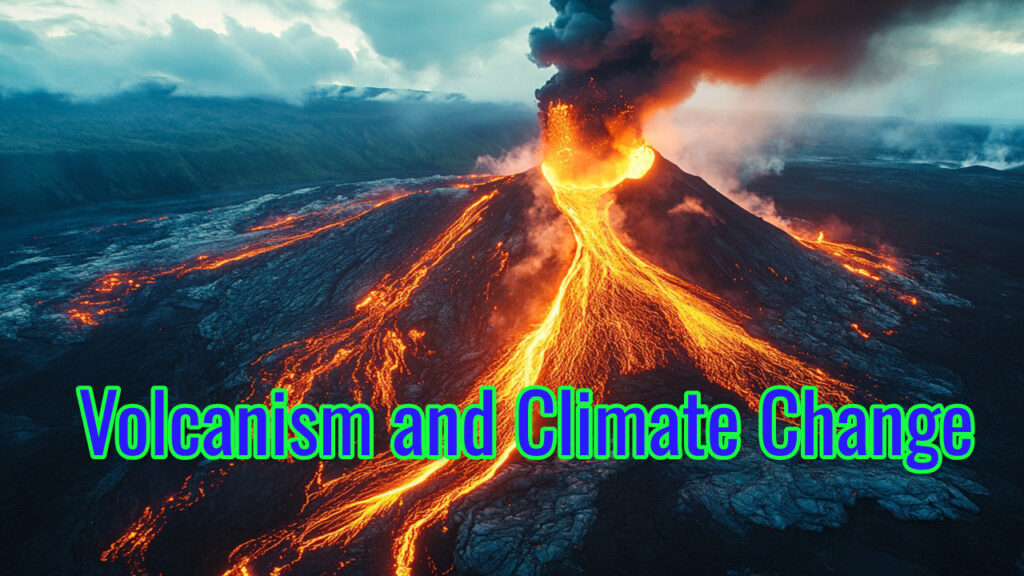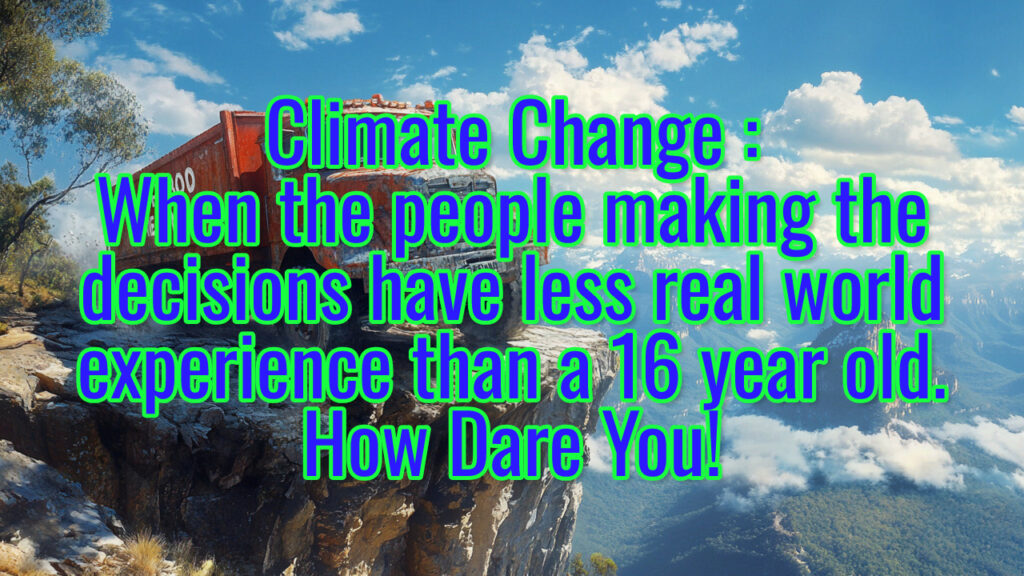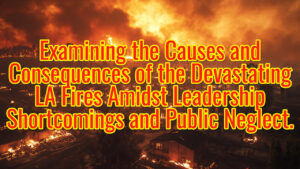Climate change is a complex and often debated topic that has captured the attention of scientists, policymakers, and the public alike. In “Climate Change: The Facts 2025,” renowned geologist Ian Plimer presents a detailed exploration of climate change from a geological perspective. This blog post delves into the key themes and insights from Plimer’s work, highlighting the interplay between geology and climate change, the role of carbon dioxide, and the importance of understanding historical climate patterns.
The Foundation of Geology and Climate Change
Plimer emphasizes that geology provides a crucial context for understanding climate change. He notes that the Earth has a rich history of climate fluctuations spanning over 4.5 billion years. These changes include periods when the planet was entirely covered in ice, even at the equator, leading to significant questions about what drives such drastic climate shifts.
In his chapter on the geology of climate change, Plimer argues that it’s essential to consider both natural and anthropogenic factors influencing modern warming. He asserts that for over 80% of Earth’s history, it has been a warm, wet greenhouse planet. This historical context challenges the notion that human activity is the primary driver of current climate change.
Historical Climate Cycles
Earth has experienced numerous climate cycles throughout history, including the Minoan and Roman warm periods and the Little Ice Age. Plimer points out that these cycles demonstrate natural variability in climate, which must be considered when analyzing contemporary climate trends.
He highlights that geological records do not provide conclusive evidence that carbon dioxide (CO2) is the primary driver of warming. Instead, Plimer suggests that various factors influence the Earth’s climate, including oceanic cycles, solar activity, and geological events.
The Role of Carbon Dioxide
One of the most contentious aspects of climate change discussions is the role of carbon dioxide. Plimer argues that CO2, often labeled as a “greenhouse gas,” is a trace gas in the atmosphere, and its historical levels have been significantly higher than current concentrations.
In “Climate Change: The Facts 2025,” Plimer collaborates with other contributors, such as Tom Quirk, who provides a chemist’s perspective on CO2’s role in climate. They argue that human-emitted CO2 minimizes climate change, suggesting that focusing on CO2 emissions oversimplifies a much more complex system.
Understanding Oceanic Influence
Plimer stresses the importance of oceans in driving weather and climate patterns. The oceans have a high heat capacity, meaning they can store and transfer heat more effectively than air. This characteristic plays a vital role in regulating the Earth’s climate.
He explains that tectonic activity, such as the formation of underwater volcanoes, can significantly impact ocean currents and climate. Plimer suggests that geological processes beneath the ocean surface are dynamic, influencing weather patterns and climate outcomes.
Volcanism and Climate Change
Volcanic activity is another critical factor in understanding climate change. Plimer notes that volcanic eruptions can produce significant amounts of ash and gases that alter the atmosphere and climate. He references historical eruptions, such as Mount Tambora and Mount Pinatubo, which had substantial cooling effects on the planet.
Plimer discusses the unpredictability of volcanic eruptions and the challenges in forecasting their impact on climate. He highlights the need to monitor and understand volcanic activity to improve predictions about potential climate impacts.

Climate Adaptation and Historical Context
Throughout history, humans have adapted to changing climates. Plimer notes that during colder periods, such as the Younger Dryas, human societies adapted by developing agriculture and establishing fortified settlements. He emphasizes that understanding these historical adaptations provides valuable insights into how modern societies can respond to climate challenges.
Modern Climate Alarmism
Plimer expresses concern about the current climate alarmism prevalent in media and politics. He argues that the narrative often overlooks the complexities of climate change and the historical context that demonstrates natural variability. According to Plimer, a nuanced understanding of climate change is essential to avoid misguided policies and panic.
He points out that while modern climate science has made significant strides, it often fails to incorporate geological and historical perspectives. This oversight can lead to conclusions that do not reflect the realities of Earth’s climate system.

The Future of Climate Science
Looking ahead, Plimer believes that a more comprehensive approach to climate science is necessary. He advocates integrating geological history, oceanic influences, and solar activity into climate models to understand future climate scenarios better.
Plimer is optimistic about the potential shift in political attitudes toward climate policy, particularly as younger generations question prevailing narratives. He notes that as people gain a deeper understanding of climate science, they may gravitate toward more conservative viewpoints, prioritizing evidence-based approaches over alarmism.
Conclusion
Ian Plimer’s “Climate Change: The Facts 2025” offers a compelling perspective on the complexities of climate change, emphasizing the importance of geology and historical context. By challenging the dominant narratives surrounding human-caused climate change, Plimer encourages readers to consider the multifaceted nature of climate systems and the role of natural variability.
This book reminds us that climate science is an evolving field, and understanding its intricacies is crucial for informed discussions and policy decisions. As we navigate the challenges of climate change, it is essential to approach the topic with a balanced perspective that acknowledges both human impacts and the natural forces at play.
Thanks for Reading
Steven G Smith







More Stories
Climate Scientist Reveals Pressure to Omit Key Truths in Research on Wildfires and Climate Change in Controversial Essay.
Debunking Antarctic Sea Ice Myths: Analyzing Current Data vs. Past Predictions and Media Claims by Tony Heller.
Los Angeles Wildfires: Poor Management and Radical Left Wing Politics Blamed for City’s Vulnerability and Devastation.